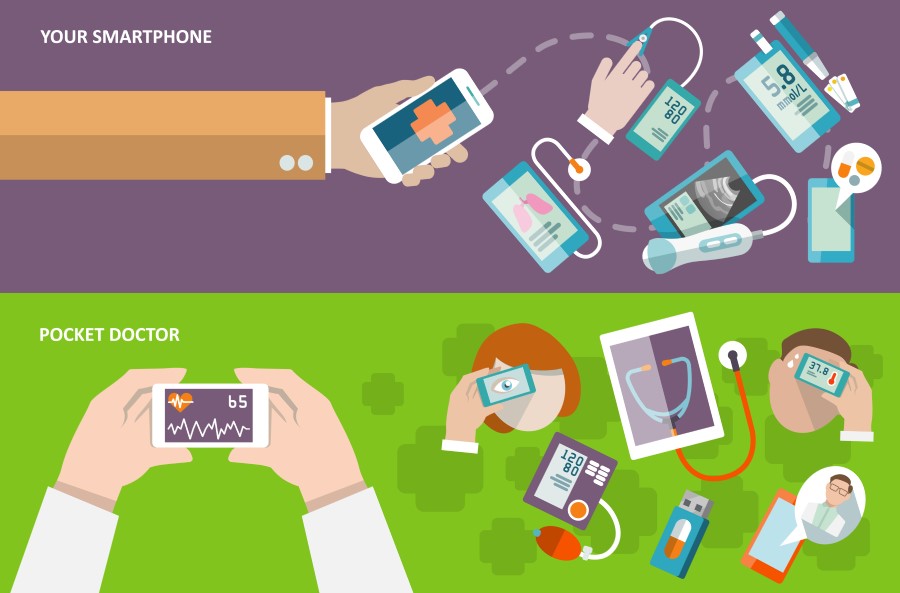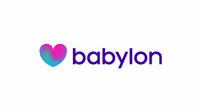Seven steps to transition to a digital health and wellbeing culture

In the UK, the average GP waiting time is 13 days, according to a survey carried out by GP magazine Pulse (2016). This may be part of the reason why 50 per cent of the UK population uses the internet to self-diagnose, found the report; The UK: your partner for digital health solutions (2015). But do you really want the health of your biggest business asset (your people) resting in the hands of Dr Google?
How Digital Health Can Transform Your Workplace
The Office for National Statistics estimate in its sickness absence in the labour market (2016) data that 137.3 million working days are lost due to sickness or injury in the UK alone.
Can you imagine what employers could gain by giving staff access to GPs from home or even work?
Numerous business and HR studies have shown that a happier and healthier workforce is more productive and engaged. Gallup’s Q12 survey (2015) found that employees with high levels of wellbeing missed 70 per cent less work.
If your goal is to empower your employees to show up and be physically and mentally present at work every day, you must create an environment that respects and encourages their wellbeing. But we know that's easier said than done. Change doesn't happen overnight, not even with the shiniest new perk, benefit or tech tool. There is some very real work involved in a leading a successful cultural shift.
Here are seven simple steps to help make the transition to a digital health-friendly culture.
Step 1: Understand your offer
When introducing a new digital health service to staff, take time to understand how it works yourself. Ask senior and executive staff to do the same. New technology can be intimidating to some employees. You want to be able to talk about the solution confidently and answer any tricky questions as and when they arise. This will help reassure your staff and encourage them to try the service themselves.
Step 2: Time your launch
Don’t roll out a new service just before a big holiday like Christmas or Ramadan. Your staff will be focused on other things and you are less likely to get them to engage. Also, avoid launching during busy business periods or trying to shoehorn it onto the back of other annual benefit announcements, as it will just get drowned out. Instead, recruit your internal leaders, managers and other influencers to become your earliest and most avid adopters. If you can get them excited about the service, enrolment rates will naturally follow.
Step 3: Start a conversation
Of course employees are interested in benefits. But, they are probably less keen to read about them. This is a common struggle for HR teams. Try ditching the email. Instead, talk directly to staff. It’s not about just selling them on a new benefit. Explain why you have decided to offer digital health and how it delivers tangible benefits to employees and their families. If possible, try to meet staff in teams as well as one-to-one sessions in order to get greater insight into their fears and motivations.
Prepare yourself for possible questions. These could include:
- Is the service mandatory?
- Can you still see your own GP?
- I have private healthcare how does it impact on that?
- How does the service differ from private healthcare?
- Can I choose which medical professionals I see?
- Can they prescribe drugs?
- How many appointments can you have?
- Is access to the service only during office hours?
- What ailments and illness can they treat?
- What will the service not cover?
- I have a chronic condition how will this impact on me?
Step 4: Raise awareness
Once everyone has had an opportunity to access the new service, resist the urge to sit back and let it roll. In order to fully integrate digital healthcare into the culture and rhythm of your organisation, you need to consistently promote it. This means maintaining a constant conversation with staff. For example, you could send internal emails reminding employees to take advantage of digital health services ahead of peak illness periods or public holidays.
Step 5: Work from the top down AND bottom up
Don’t just tell people how important digital health is – show them. Train employees to promote the new tool from all levels of the organisation. Schedule demonstrations to show staff how it works or ask employees if they would be willing to share their experiences and/or train each other.
Step 6: Be honest and Listen
Transparency is essential to any lasting change. Talk to staff about the drivers behind implementing a digital health service, including cutting costs. Discuss the long-term impact and benefits and be open to feedback.
Step 7: Make it live
Digital technologies are not static. Stay up to date with new innovations in the digital health arena and how these can benefit your organisation. Use your internal influencers and early adopters to trial and promote new tools and features that may benefit your staff.
Final takeaways
There is no shortage of fads in the HR world. Many HR departments are eager to chase the shiny new perk of the day, only to walk away deflated.
The above steps may be simple, but that doesn't mean they're ‘easy’. If you want to be a true HR hero (with the enrolment and participation rates to back it up) you’ve got to accept the fact that there are no shortcuts. You will have to work to earn the trust and support of your staff. But if you're willing to see it through, a digital health-friendly culture can absolutely change lives.
This article was provided by Babylon Health.
Supplied by REBA Associate Member, babylon
babylon is the UK's leading digital healthcare company.







